Nestled in the lush landscapes of Central Vietnam, My Son Sanctuary stands as a testament to the rich history and spiritual depth of the ancient Champa civilization. In this article, Frontier Travel Vietnam is excited to guide you through this captivating sanctuary, revealing the hidden stories and timeless beauty of one of Vietnam's most significant historical sites.
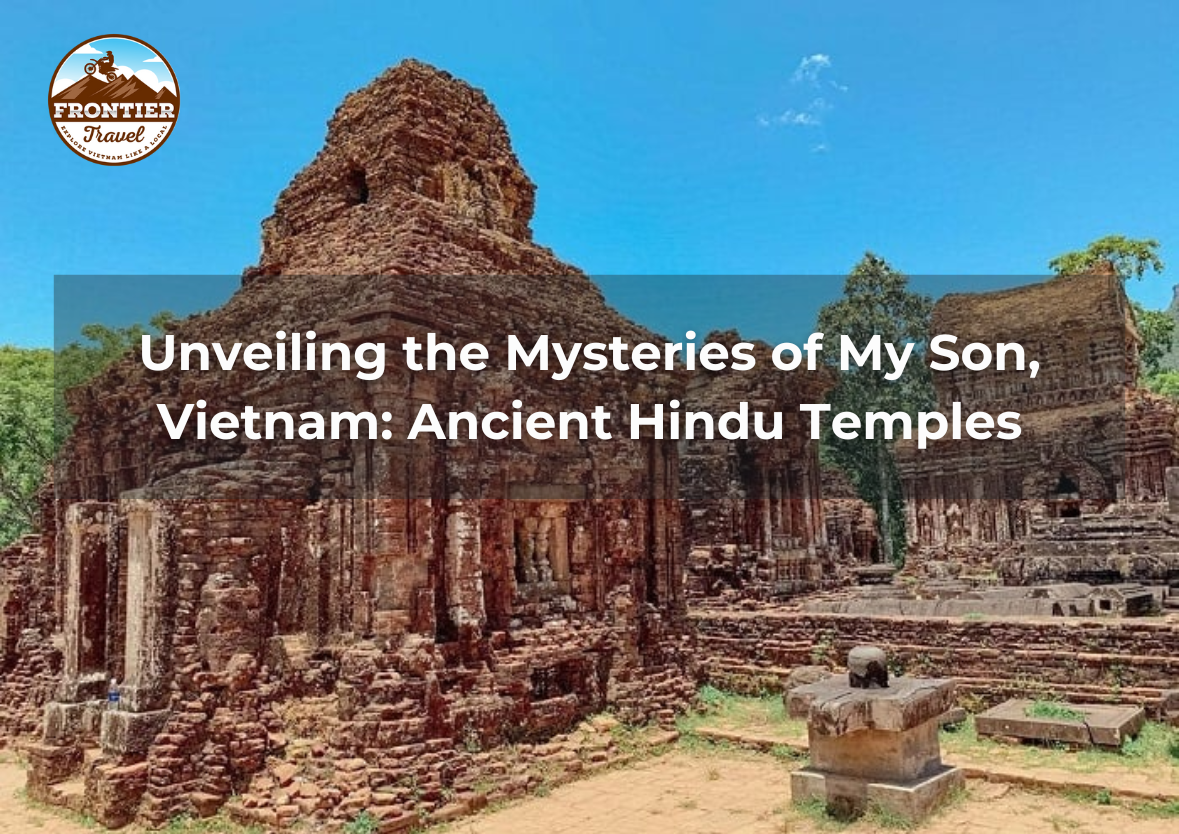
1. Historical significance in My Son Vietnam
Overview of the Champa Civilization
The Champa civilization flourished in Central and Southern Vietnam from the 2nd to the 19th century. This ancient kingdom, known for its rich cultural heritage, was heavily influenced by Indian culture and Hinduism. The Cham people, renowned for their advanced architectural skills and artistic achievements, established a series of grand temples and towers dedicated to Hindu deities. The Champa civilization was a prominent trading hub, with extensive maritime connections influencing its development and culture.
Historical Context of My Son Sanctuary
Located in Quang Nam Province, about 40 kilometers southwest of Hoi An, My Son Sanctuary is a stunning archaeological site that was once a major religious center for the Champa civilization. The sanctuary is set amidst a lush valley surrounded by hills, creating a serene backdrop for its historical ruins. Established around the 4th century and used up until the 13th century, My Son was dedicated primarily to Hindu deities, including Shiva, Vishnu, and Brahma. The site reflects a blend of architectural styles and religious practices that evolved over centuries, illustrating the dynamic nature of Champa culture and its interaction with neighboring civilizations.

Importance of My Son in Ancient Hindu Worship
My Son Sanctuary was central to the religious life of the Champa people. The temples and towers were not only places of worship but also served as royal mausoleums and ceremonial sites. The site was dedicated to Shiva, the principal deity of the Champa kingdom, and many of the structures were designed to honor him and other Hindu gods. Rituals, offerings, and ceremonies conducted at My Son were integral to maintaining the divine favor of the gods and ensuring the prosperity of the kingdom. The intricate carvings and inscriptions found at the site provide valuable insights into the religious practices, artistic expressions, and cosmological beliefs of the Champa people.
2. Architectural Features in My Son Vietnam
Description of the Temple Structures
My Son Vietnam features a collection of ancient Hindu temples and towers, primarily constructed between the 7th and 13th centuries. This archaeological site includes over 70 structures, though many are now partially ruined due to weathering and historical events. The temples are predominantly made of red brick, a material chosen for its durability. The central feature of each temple is a sanctuary, known as “Kalan”, which houses the primary deity’s statue. These sanctuaries are often situated on raised platforms, with the interiors containing pedestals or altars for religious offerings.
Unique Architectural Elements of My Son Vietnam
The architectural style of My Son Vietnam showcases unique elements that reflect Cham influences:
- Brick Construction: The use of red brick is a defining feature of the temples at My Son Vietnam. The bricks, meticulously cut and fitted without mortar, highlight the advanced construction techniques of the Cham builders. Despite centuries of exposure, the structures remain remarkably resilient.
- Carvings and Reliefs: The walls of the temples at My Son Vietnam are adorned with intricate carvings and bas-reliefs. These artworks depict Hindu deities, mythological narratives, and geometric designs. Prominent carvings include representations of Shiva, the principal deity worshiped at the site.
- Tower Architecture: The towers, or “Thap”, are a distinctive aspect of My Son Vietnam’s architecture. These structures are tiered and pyramid-like, tapering as they rise to culminate in a central spire. This design symbolizes Mount Meru, the center of the Hindu universe.
- Sanctuary Layout: The central sanctuaries at My Son Vietnam typically feature a square or circular layout with a raised platform. These sanctuaries are surrounded by smaller shrines, creating a complex that serves both functional and ceremonial purposes.
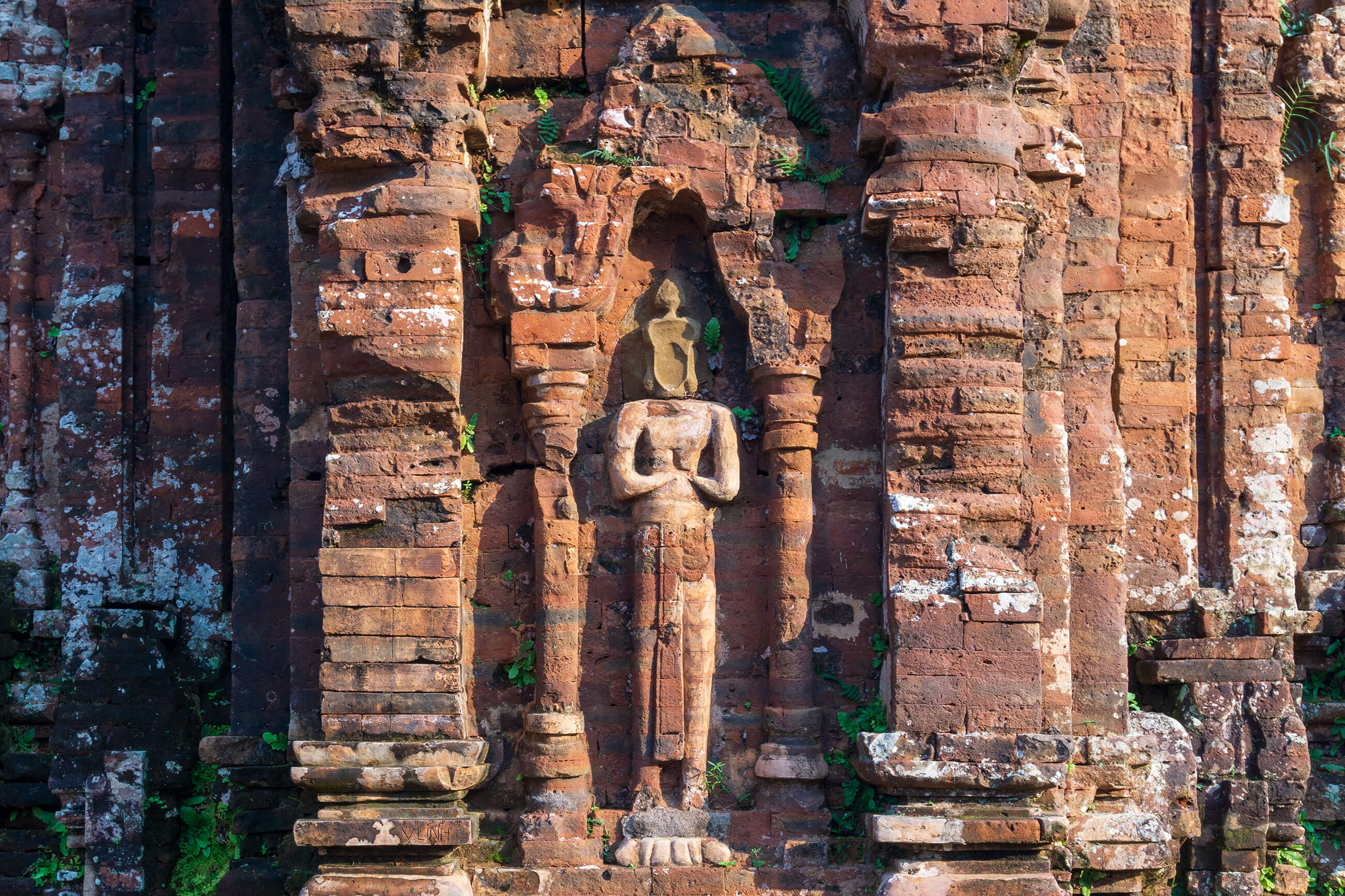
Influence of Hinduism on the Design
The architectural design of My Son Vietnam is deeply influenced by Hindu cosmology and religious practices:
- Symbolic Representation: The central tower at My Son Vietnam symbolizes Mount Meru, the axis of the Hindu cosmos. The alignment and arrangement of the temples reflect the divine order and the connection between the gods and the universe.
- Deity Worship: The design and layout of My Son Vietnam were intended to facilitate the worship of Hindu deities. The main sanctuaries are dedicated to Shiva, and many carvings depict Shiva and other Hindu gods, underscoring their central role in the religious life of the Cham people.
- Ritual Spaces: The layout of My Son Vietnam includes spaces designed for rituals and ceremonies. Elevated platforms and central altars are integral to the site, allowing for religious rites and offerings to maintain divine favor.
3. Cultural and Spiritual Insights of My Son, Vietnam
The Spiritual Role of My Son in Ancient Times
My Son Vietnam was a pivotal religious site for the Champa civilization, dedicated mainly to Shiva, the Hindu deity. It was designed to represent Mount Meru, the center of the universe in Hindu belief, serving as a spiritual bridge between the divine and earthly realms. The site was essential for rituals that sought to secure divine favor and maintain political stability.
Cultural Practices and Ceremonies Associated with the Site
The Cham people conducted various rituals at My Son, including daily offerings of food and incense to honor the gods. The site also hosted important royal ceremonies like coronations and funerals, along with annual festivals that featured processions, music, and dance dedicated to Hindu deities.

Insights into Local Legends and Myths
Local legends suggest that My Son was believed to be the earthly home of Shiva, created through divine power. Myths also tell of curses placed upon kings who failed to adhere to sacred traditions, which were thought to affect the kingdom’s destiny.
4. What to Expect When Visiting My Son Vietnam
Champa Temples and Towers
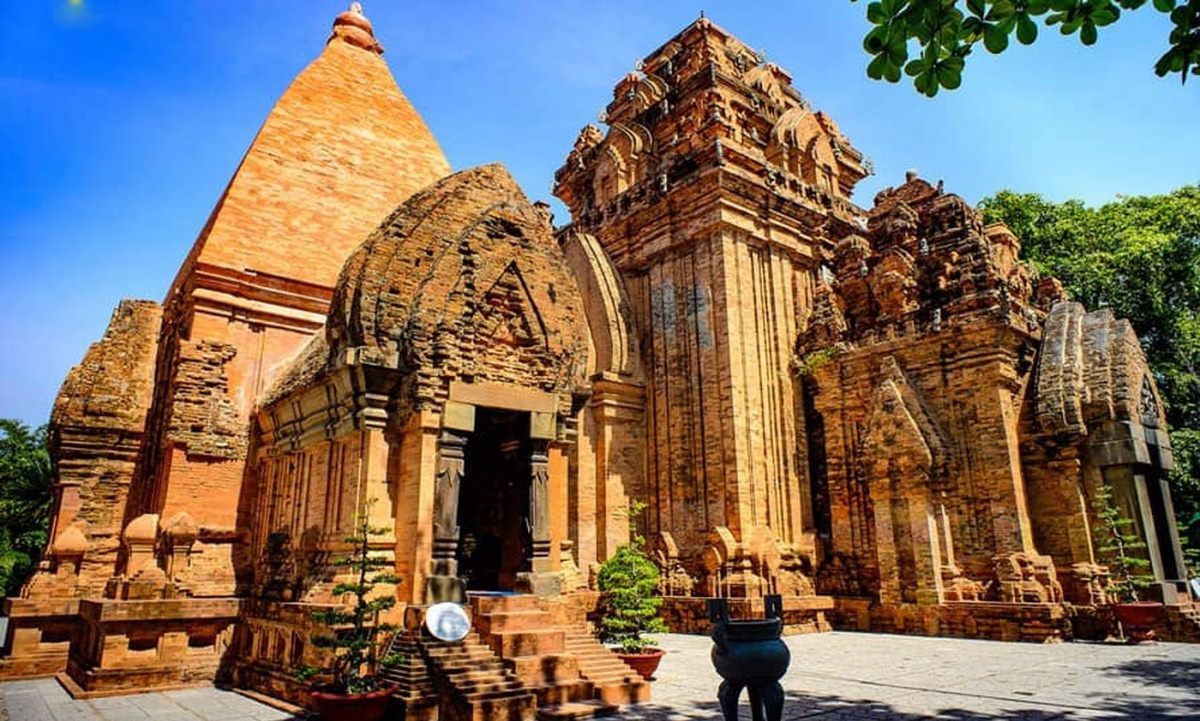
Explore the ancient Champa temples and towers dedicated to Shiva, the supreme Hindu deity. As you wander through the site, you’ll encounter a range of architectural styles and intricate decorative motifs that evolved over time. Admire the sandstone sculptures and inscriptions that provide insights into the religious and political life of the Cham kings.
My Son Sanctuary Museum
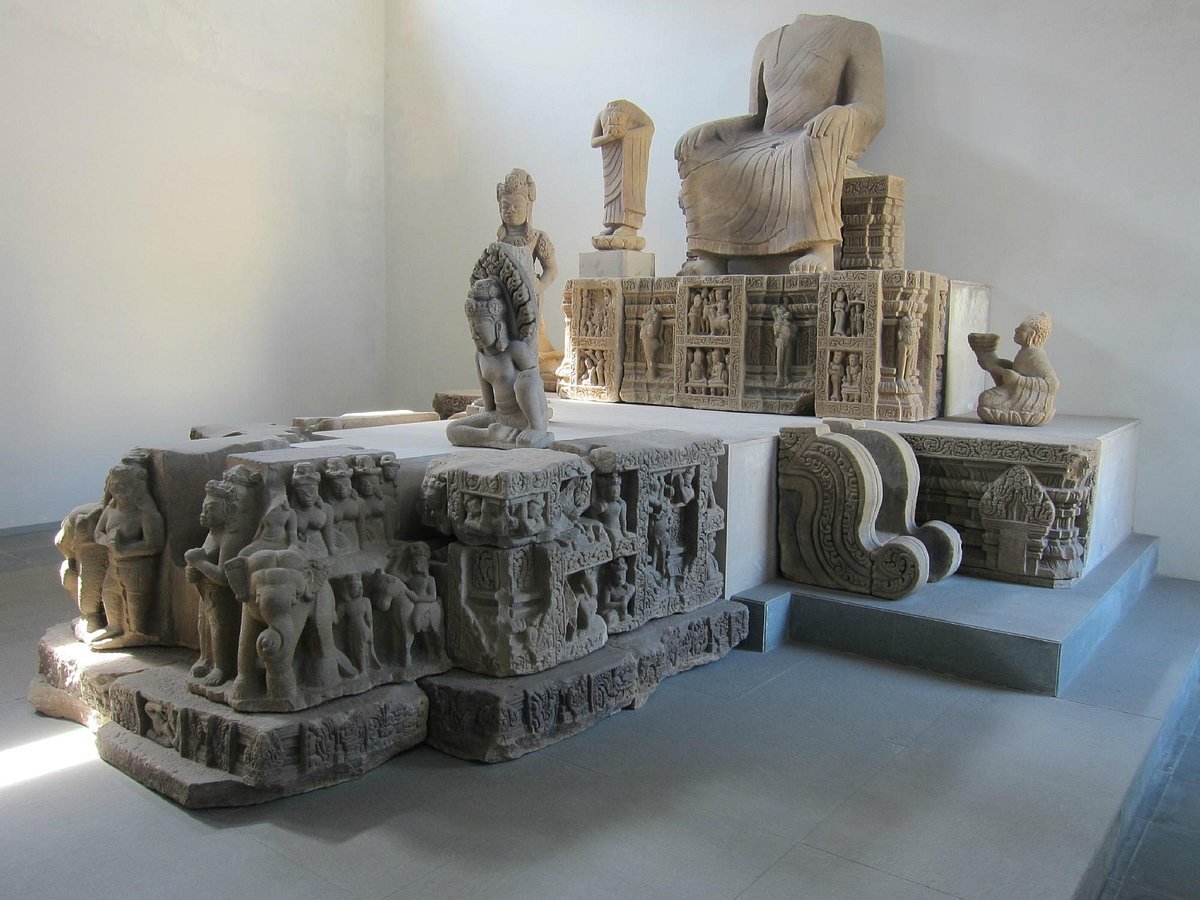
Discover more about the Cham civilization at the My Son Sanctuary Museum. The museum showcases artifacts, models, photographs, and videos that illustrate the origins, development, and eventual decline of the Champa Kingdom. It also displays items recovered from the site, which was heavily damaged during the Vietnam War.
Apsara Dance Performances
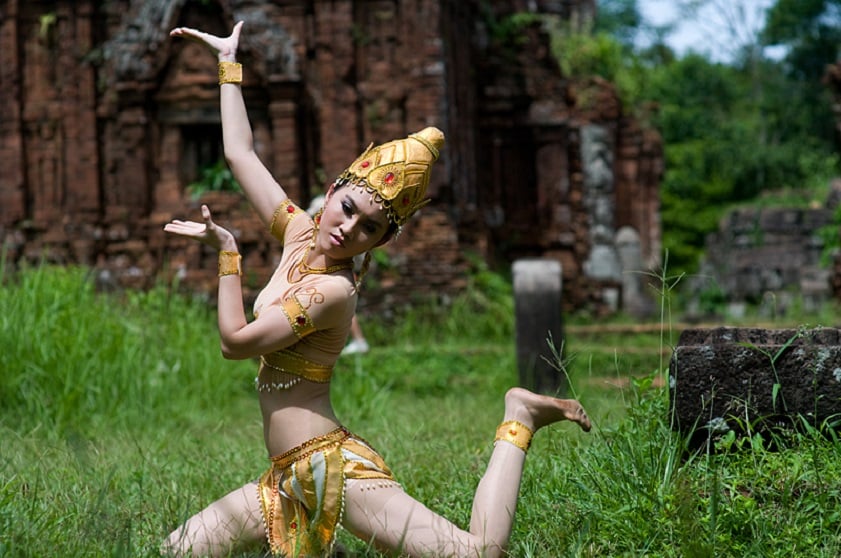
Enjoy a traditional Apsara dance performance that highlights the graceful movements and vibrant costumes of Cham dancers. Inspired by Hindu mythology, the dance reflects the harmony between humans and nature. Performances are held daily at 9:30 am and 2:00 pm on a stage near the entrance of the site.
Kate Festival
If your visit coincides with the Kate Festival, you’ll have the opportunity to experience traditional Apsara dance performances that celebrate Cham culture. The festival features elaborate costumes and dance routines that honor Hindu deities and traditions. Performances during the festival take place at the same times as regular daily shows, offering a unique cultural experience.
Scenic Surroundings

Witness the stunning sunrise over the red brick towers of My Son Sanctuary, which embody the spiritual beliefs and artistic mastery of the Cham people. The best times to visit are early in the morning or late in the afternoon to enjoy the magical sunset and smaller crowds, enhancing your experience of the site's serene atmosphere.
5. How to Get to My Son Vietnam
From Hanoi
The most convenient route from Hanoi to My Son Sanctuary involves flying from Noi Bai International Airport to Da Nang International Airport, which takes approximately 1.5 hours. From Da Nang, you can reach My Son by renting a car, taking a taxi, or booking a tour. The drive from Da Nang to My Son takes about 1.5 hours.
From Da Nang City Center
If you’re staying in Da Nang, you have several options:
- Bus: Buses to My Son depart from Da Nang Central Bus Station, with fares ranging from $0.30 to $1 per person.
- Motorbike: Renting a motorbike costs around $6.25 per day, offering flexibility and the chance to explore at your own pace.
From Hoi An City Center
From Hoi An, you can reach My Son via:
- Shuttle Bus: Shuttle buses are available and cost approximately $8 per person.
- Taxi: A round-trip taxi ride to My Son costs about $16.60.
- Motorbike: Motorbike rentals are available for about $10 per day, allowing you to enjoy the scenic countryside en route.
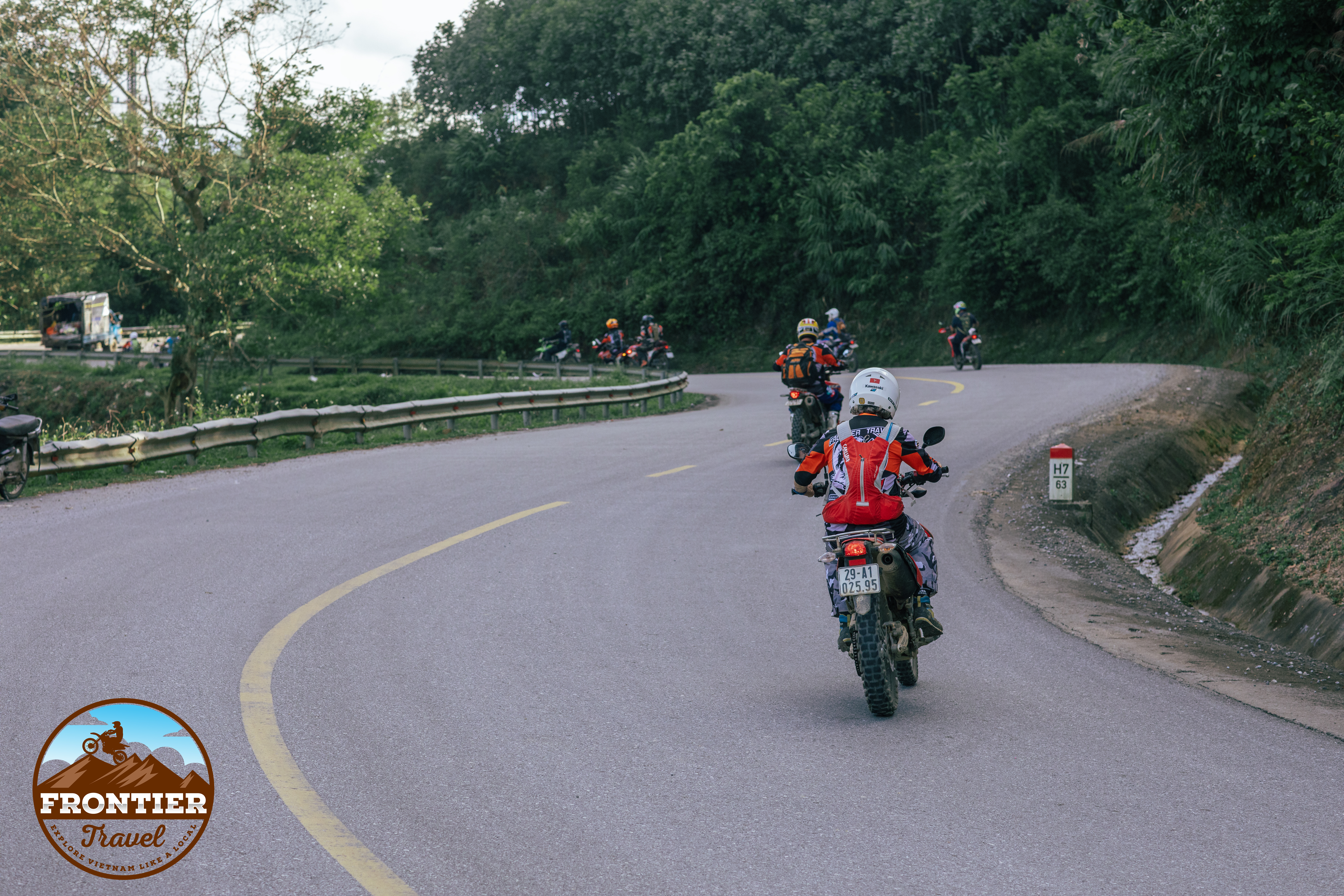
My Son Vietnam offers a captivating journey through the ancient Champa civilization, with its remarkable temples and rich spiritual heritage. Exploring My Son Vietnam reveals the profound history and cultural practices of the Cham people. With this article, Frontier Travel Vietnam hopes you will delve into the fascinating history and experience the majestic allure of My Son Vietnam.






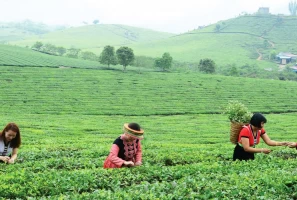


.png)